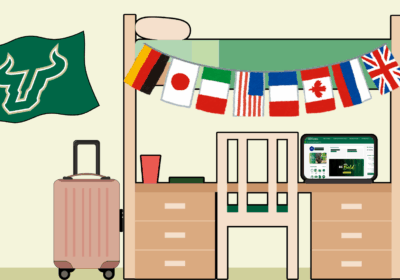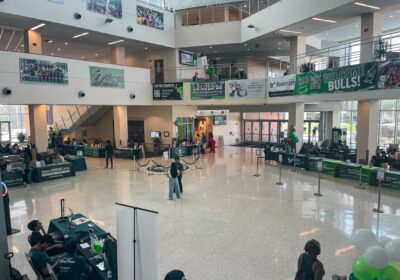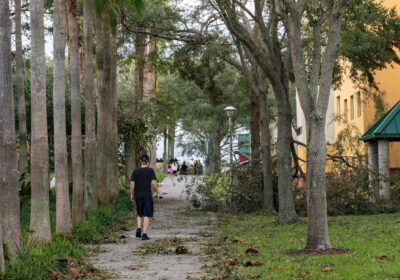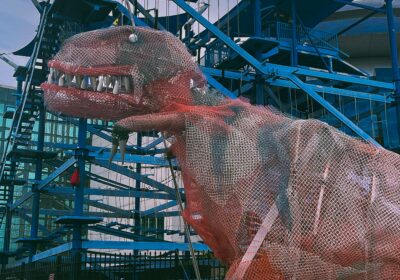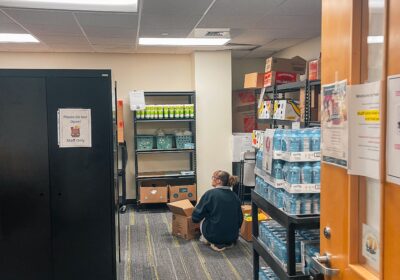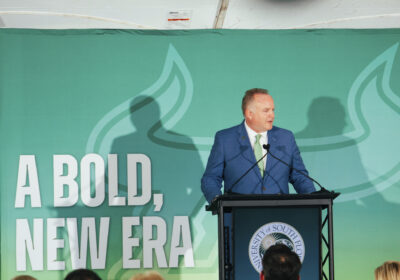USF rocket team takes flight in NASA competition despite challenges
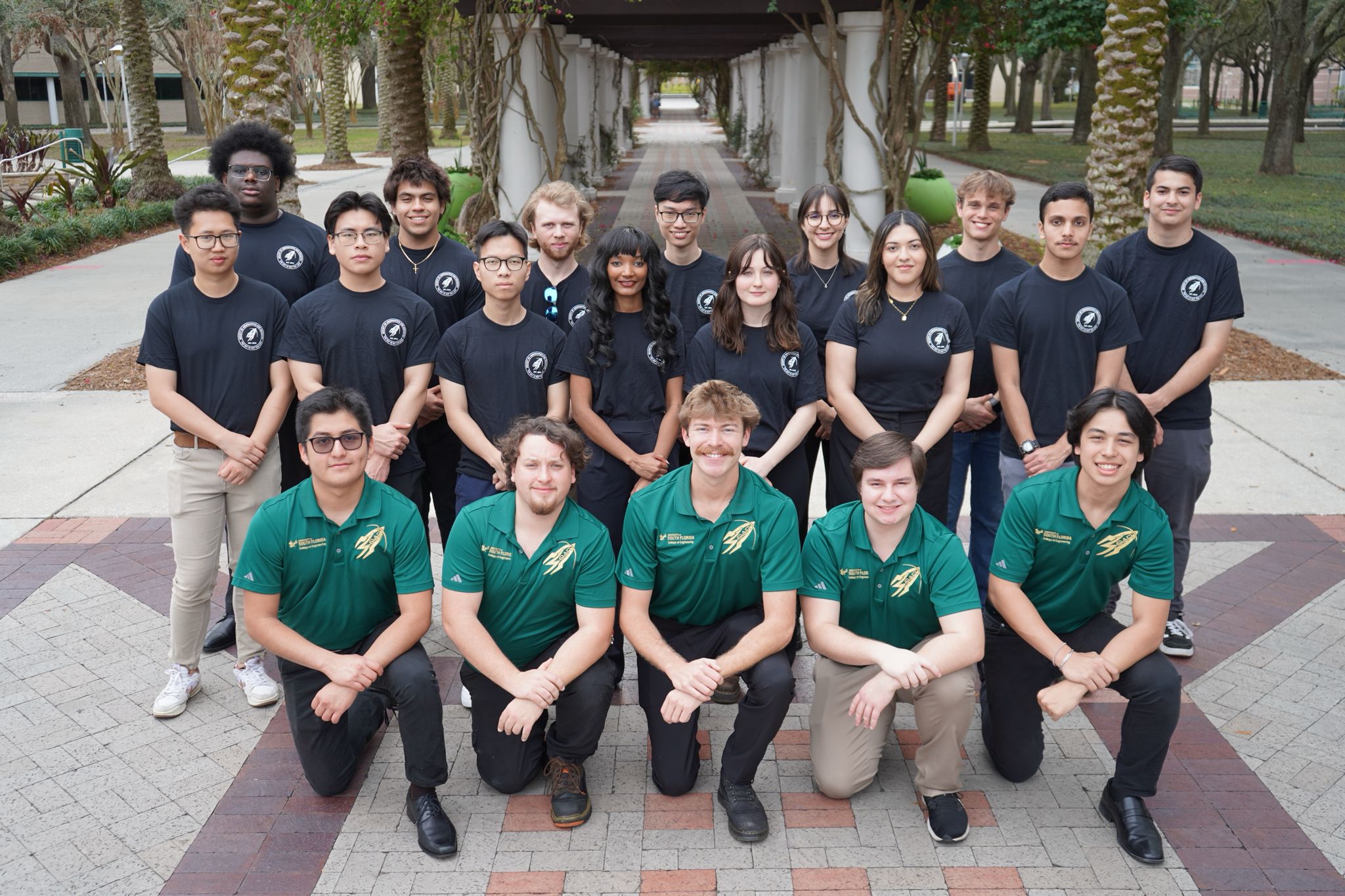
In a field in Alabama, USF Society of Aeronautics and Rocketry members waited for Prometheus — the rocket they’d spent nine months crafting — to take flight.
USF’s SOAR was among the 53 teams that launched their rockets for the NASA Student Launch in Huntsville on May 4. The USF team placed 18th after launching a rocket 4,000 feet into the air.
Lucas Folio, a SOAR member and a USF mechanical engineering alumnus, said the feeling on the ground looking up to the rocket was “magical.”
“It was pretty amazing hearing the transmission coming down to us,” Folio said. “It was like, wow, we really did all this, you know?”
But over these nine months of building the rocket, the USF team faced many hurdles — including a lack of aerospace-focused classes, the closure of a lab and component shortages.
Related: USF rocket team completes most advanced launch in club’s history
Although USF plans to launch an aerospace engineering major this fall, not having the program available during this year’s rocket competition season posed a challenge to SOAR members.
Pavan Moturi, a SOAR member, said some of the knowledge needed to create Prometheus —such as calculations and concepts — was taught to him in his engineering courses.
But Moturi said he learned “most” on his own, including the “more technical” skills required for rocketry.
“You can’t really learn all the things that we do, all the skills in any class,” said the junior physics and chemistry dual major.
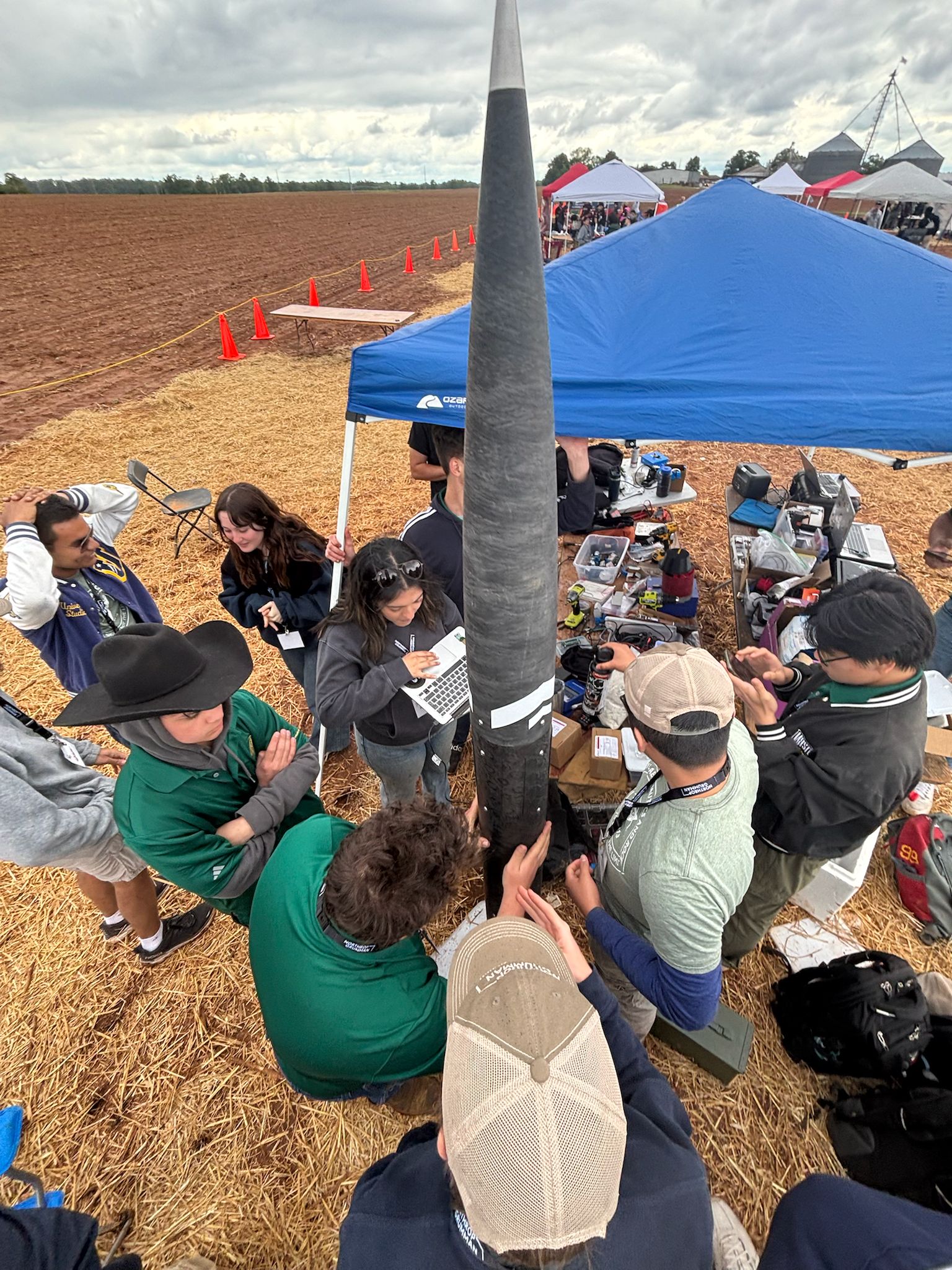
The team also faced the hurdle of finding lab space to work in.
Last year, SOAR members spent most of their time in the Engineering Research Building — a space shared with other clubs, Folio said.
But in May 2024, the door to the workspace was locked and rekeyed. A piece of paper left on the workspace let the group know the building had been closed until further notice, Folio said.
Upon seeing the notice, Folio said he “kept staring” at the sign. He said the materials and tools needed to make the rocket were behind the locked door.
Around a month passed before SOAR members were allowed into the building to collect their materials, Folio said.
Jeanne Ann Killam, the safety and compliance officer for the College of Engineering, said a project is underway to “revamp” the building.
Related: USF engineering student orgs displaced by building closure
As the group’s chief of safety, finding a new space to work in became Folio’s duty.
SOAR had to turn to other spaces on campus, including the Design for X lab. Folio said that Michael Celestin, the lab manager, assisted the group and was a great help to the team.
But a closed lab and lack of classes were not the only unexpected setbacks for the team. Folio said members struggled to find the type of rocket motor that they would typically use for this competition.
“You need very, very special certification that our team members have to purchase them,” he said.
With demand in the L995 motor industry skyrocketing, SOAR members found themselves caught in the crossfire, having to use smaller, more commercially available motors.
But team members’ skepticism about whether the launch would succeed melted away when their rocket left the ground in Huntsville.
“I can’t count on one hand the amount of times I heard… ‘We’re done. We are not competing this year. We cannot do it,’” Folio said. “Finally, seeing it go up…I felt like we couldn’t have done it without the whole team,” Folio said.


